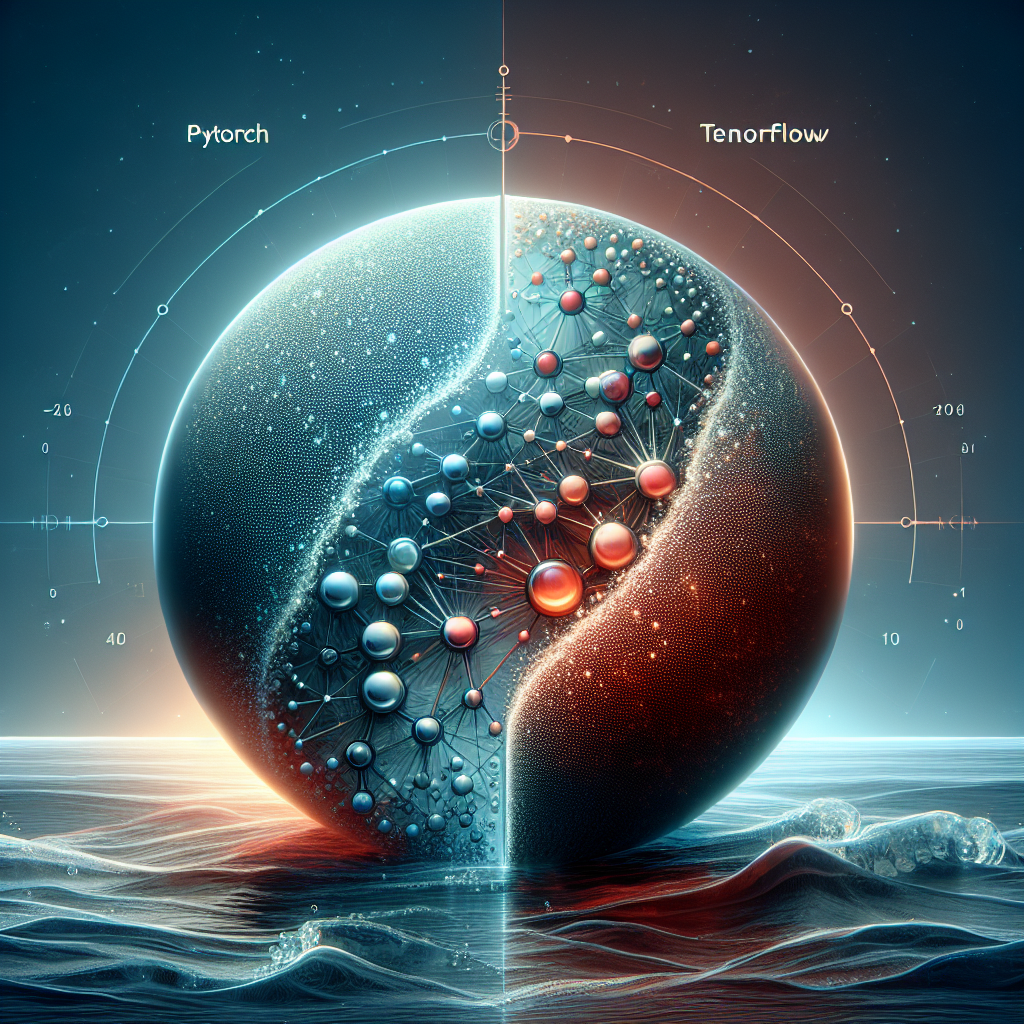Machine learning has revolutionized the way we approach complex problems in various industries, from healthcare to finance to transportation. Two of the most popular frameworks for building cutting-edge machine learning models are PyTorch and TensorFlow. In this article, we will take a deep dive into neural networks, one of the foundational concepts in machine learning, and explore how to build state-of-the-art models using these frameworks.
Neural networks are a class of algorithms inspired by the structure and function of the human brain. They consist of layers of interconnected nodes, or neurons, that process and transform data to make predictions or decisions. The most common type of neural network is the deep neural network, which has multiple layers between the input and output layers.
PyTorch and TensorFlow are powerful libraries that provide tools for building and training neural networks. PyTorch is known for its flexibility and ease of use, while TensorFlow is popular for its scalability and performance. Both frameworks offer high-level APIs for building neural networks, as well as lower-level APIs for more advanced users.
To build a neural network in PyTorch or TensorFlow, you first need to define the architecture of the network. This involves specifying the number of layers, the number of neurons in each layer, and the activation functions used to process the data. You can also choose from a variety of pre-built neural network architectures, such as convolutional neural networks (CNNs) for image recognition or recurrent neural networks (RNNs) for sequence prediction.
Once you have defined the architecture of the neural network, you can train the model using a dataset of labeled examples. This involves feeding the input data through the network, computing the output, comparing it to the ground truth labels, and adjusting the network’s parameters to minimize the error. This process is known as backpropagation, and it is the key to training neural networks to make accurate predictions.
In addition to training neural networks from scratch, PyTorch and TensorFlow also offer pre-trained models that you can fine-tune for your specific task. This can save time and computational resources, especially for tasks with limited data or computational power. Transfer learning, a technique that involves using a pre-trained model as a starting point, is also commonly used in machine learning to improve model performance.
In conclusion, building cutting-edge machine learning models with PyTorch and TensorFlow requires a deep understanding of neural networks and their architectures. By leveraging the powerful tools and APIs provided by these frameworks, you can create state-of-the-art models that can solve complex problems in a variety of domains. Whether you are a beginner or an experienced practitioner, exploring neural networks with PyTorch and TensorFlow can open up new possibilities for innovation and discovery in the field of machine learning.
#Building #CuttingEdge #Machine #Learning #Models #PyTorch #TensorFlow #Deep #Dive #Neural #Networks,understanding deep learning: building machine learning systems with pytorch
and tensorflow: from neural networks (cnn


Leave a Reply